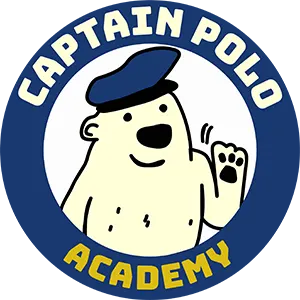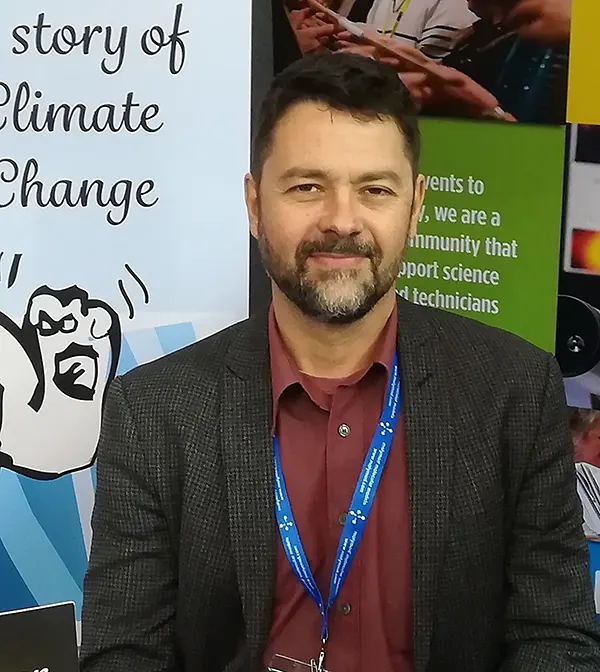In the 21st century, teachers are enlarging their methods beyond the traditional, left-brain hemisphere logic-based approach to include methods that tap into their students’ seldom explored creative right-brain hemispheres.
Visual resources and storytelling support this shift, which is why I believe in comics. Comics are instantly appealing because they are pictures that tell a story. This is the oldest form of storytelling known to humans – as testified by our ancestors’ cave paintings.
Through any combination of surprise, drama, humour, movement, and dialogue, a comic can convey content anywhere from hard facts to the most absurd fantasy. Emotional engagement is practically guaranteed, and in an educational context, this means teachers are able to instantly capture their students’ attention and also maximise lesson retention.
Using comics to present content provides a holistic learning experience that connects the entire brain, combining creativity, logic, critical analysis, and emotion.
Comic book workshop

You don't need to know how to draw
Contrary to popular belief, you don’t need artistic skills to make a comic: all you need are a bit of imagination and the ability to draw stick figures. It’s the story that counts, and its messages.
How it works
Our workshops are always tailored to the particular needs of our clients, but essentially they are structured in a way that maximises a hands-on approach allowing participants to immediately apply what they learn as theory in a series of consecutive steps:
- Participants come to the workshop having already decided what topic they wish to work on. If this is technical, they will also have conducted some research and extracted the key messages they want to convey in their comic.
- Storytelling basics. Participants define setting, story arc, and characters for their comic.
- Narrative and dialogues. At this point the participants are using a special template provided to help them map out exactly how to structure their comic and combine visual content with texts and messaging.
- Storyboard: using the template from the previous step participants sketch out their comic.
- Final touches: participants use their storyboards to add detail and finalise their comic.
Typically, steps 4 and 5 will extend beyond the workshop and the experience will transform into an ongoing project that can be completed in the classroom or at home.
Interested?
Our comic workshops can be customised for educators and students, adults and children. In fact, comics are a great communication tool for anyone who works with groups of people who have a message to share. This includes conservation and development professionals working with local communities, for example.







